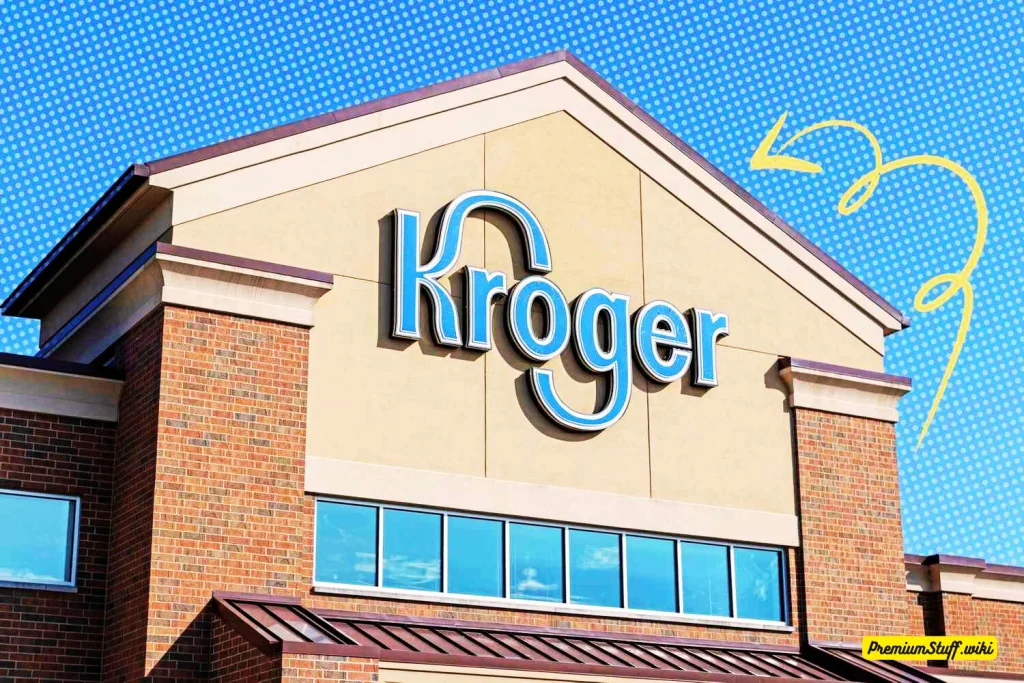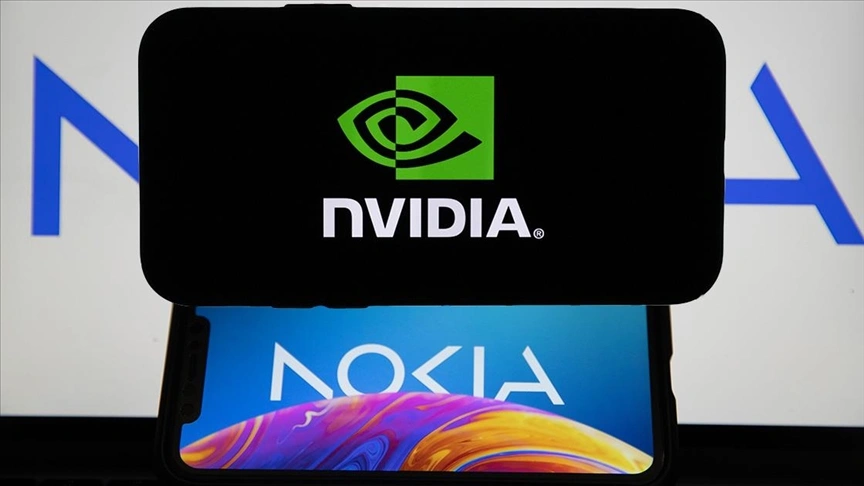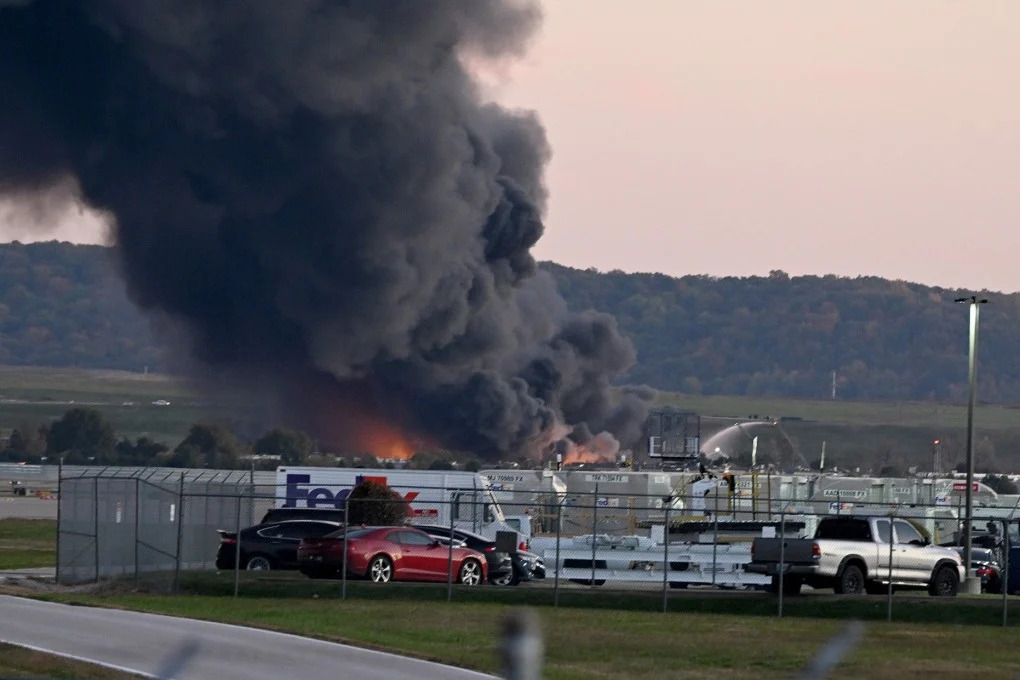Kroger Trims Store Network Amid Strategic Shift

CINCINNATI—June 21, 2025
Kroger dropped a bombshell Friday, announcing plans to shutter 60 underperforming stores nationwide over the next 18 months. The move comes as the grocery giant recalibrates after its $24.6 billion Albertsons merger collapsed and longtime CEO Rodney McMullen resigned amid ethics concerns. While no stores will close in Kroger’s hometown Cincinnati-Dayton region, communities from Kentucky to Indiana brace for impact as the company eyes “strategic realignment” in turbulent times.
Interim CEO Ron Sargent didn’t sugarcoat the reasoning: during Kroger’s two-year merger battle with Albertsons, the company pressed pause on its annual store evaluations. Now, with the deal dead, Kroger faces a backlog of underperforming locations needing attention. “We deferred closing stores due to the merger process,” Sargent told investors, emphasizing these cuts will free up cash to boost customer experience elsewhere. The closures triggered a $100 million accounting hit this quarter, but Kroger insists they’ll bring “modest financial benefit” long-term.
Employees and Communities in Limbo
For roughly 4,700 Kroger stores dotting American neighborhoods, the announcement sparks anxiety. Though just 2% of Kroger’s footprint will vanish, the human ripple effects loom large. Workers at doomed locations face uncertainty—but Kroger pledges to offer them positions at nearby stores. “We don’t take these decisions lightly,” Sargent acknowledged during Friday’s earnings call, recognizing the upheaval for employees.
Customers voice sharper concerns online. On social media, Kentuckians and Hoosiers swap nervous speculation about which locations might close. “They’d better not leave us stranded,” posted one Louisville shopper, fearing food deserts. Others slammed Kroger’s prices and shopping experience: “Checkout lines are super long, produce quality is low,” complained a Facebook commenter. Despite Kroger’s vow to reinvest savings into cleaner stores and faster service, skepticism runs deep in regions where alternatives are scarce.
Financial Silver Linings
Ironically, the downsizing news broke alongside surprisingly strong earnings. Kroger’s first-quarter sales jumped 3.7% to $45.1 billion (excluding fuel), beating expectations. Pharmacy orders, fresh produce, and a 15% surge in e-commerce drove the growth—though digital sales still lose money. Inflation hovering near 2% helped, with shoppers buying more store-brand bargains like Kroger’s high-protein Simple Truth line.
Buoyed by the results, Kroger raised its annual sales forecast, projecting identical-store growth up to 3.25%. Investors cheered, sending shares soaring 9%. CFO David Kennerly credits “aggressive cost-cutting” for the optimism, hinting at more operational tweaks ahead. “Ron and I bring a fresh set of eyes,” he said, signaling scrutiny of everything from supply chains to checkout tech.
Remodeling Amid Retreat
Don’t mistake this retreat for surrender. Even as it trims weak stores, Kroger races ahead with 30 major remodels this year and plans accelerated new-store openings in 2026. Sargent calls new locations the “biggest driver of market share,” acknowledging growth stalled during the Albertsons saga.
The e-commerce puzzle also tops Kroger’s fix-it list. While pickup and delivery sales climb, they’re still unprofitable—a flaw Sargent vows to correct by “reviewing every market, every element” of digital ops. He’s already consolidated e-commerce under tech chief Yael Cosset, aiming to slash wait times and boost efficiency.
Leadership Void and Customer Promises
All this unfolds amid Kroger’s leadership crisis. McMullen’s abrupt March exit—over undisclosed “conduct inconsistent with Kroger’s ethics policy”—left Sargent as interim chief. Now, he’s slimming Kroger’s portfolio beyond stores: recent months saw two Kitchen 1883 restaurants close, an online marketplace (Ship) sunset, and hundreds of data jobs cut.
The question haunting shoppers: Will closures actually improve their experience? Kroger promises savings will fund lower prices, expanded private-label goods, and added staff hours. But for communities losing their store, that’s cold comfort. As one Indianapolis customer put it: “Reinvest here? They’re just leaving.”
What’s Next for Shoppers
Kroger’s silence on closure locations fuels unease. Regulars at older stores or low-traffic sites—especially outside Ohio—should watch for liquidation sales starting this summer. Meanwhile, Kroger bets its future on doing less, but better: sharper prices, slicker apps, and stores where the math works.
In this grocery war against Walmart and discount chains, efficiency is Kroger’s new weapon. Whether customers feel the benefits—or just the absence of their neighborhood store—remains the billion-dollar unknown.








